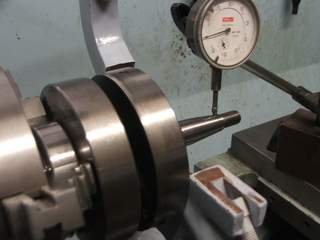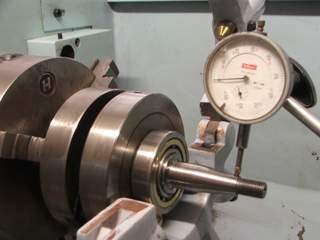ok guys the crank is pressed back together and these measurements were taken using a surface table precision magnetic vee's and .0001" clocks i have knocked the crank fairly true here are the videos of both trueness and swash please watch these and tell me if this is acceptable??? the factory manual says 2tho (.002") is alowed on both journals and swash so am i doing this right? please will someone with the knowledge re assure me.. any way heres the links to my videos the journal trueness is .0008" and the swash is .0015"
http://www.youtube.com/watch?v=gQYj...DvjVQa1PpcFN9JkC9CjbnJzQl9gzsttztyiStvKBXWGM=
http://www.youtube.com/watch?v=FTiK...DvjVQa1PpcFN9JkC9CjbnJzQl9gzsttztyiStvKBXWGM=
http://www.youtube.com/watch?v=gQYj...DvjVQa1PpcFN9JkC9CjbnJzQl9gzsttztyiStvKBXWGM=
http://www.youtube.com/watch?v=FTiK...DvjVQa1PpcFN9JkC9CjbnJzQl9gzsttztyiStvKBXWGM=


